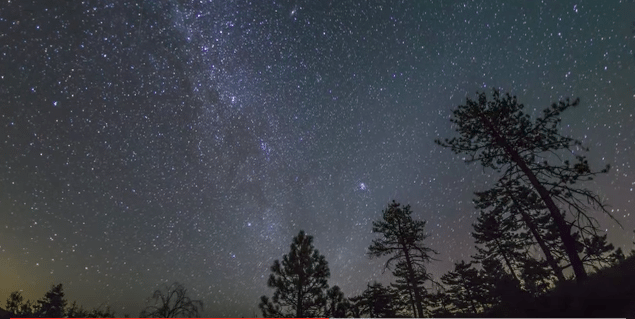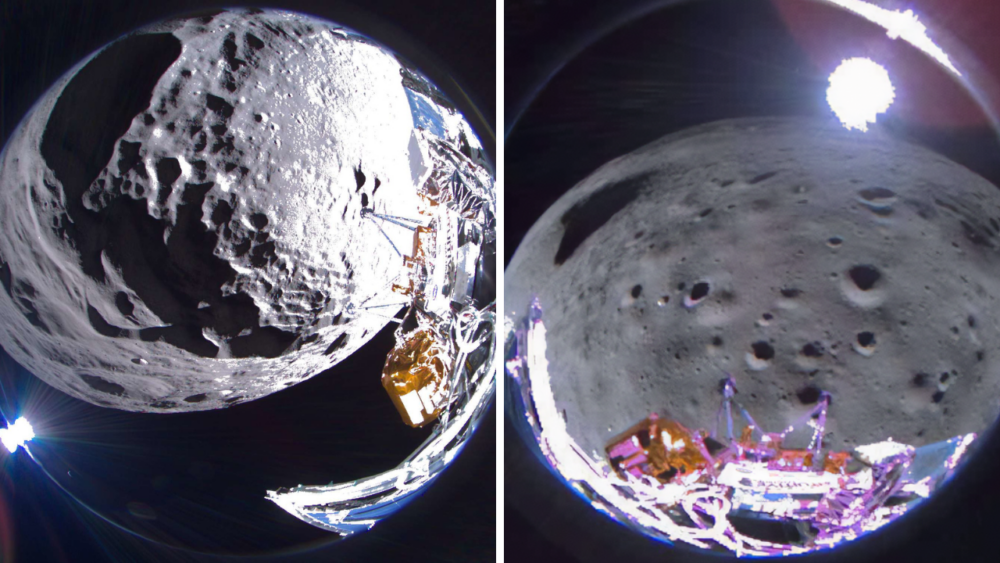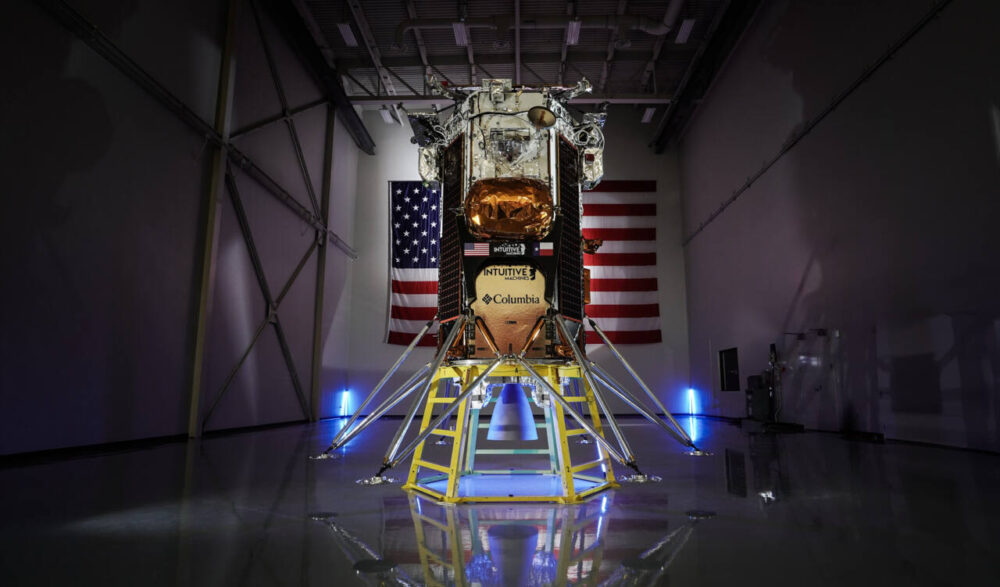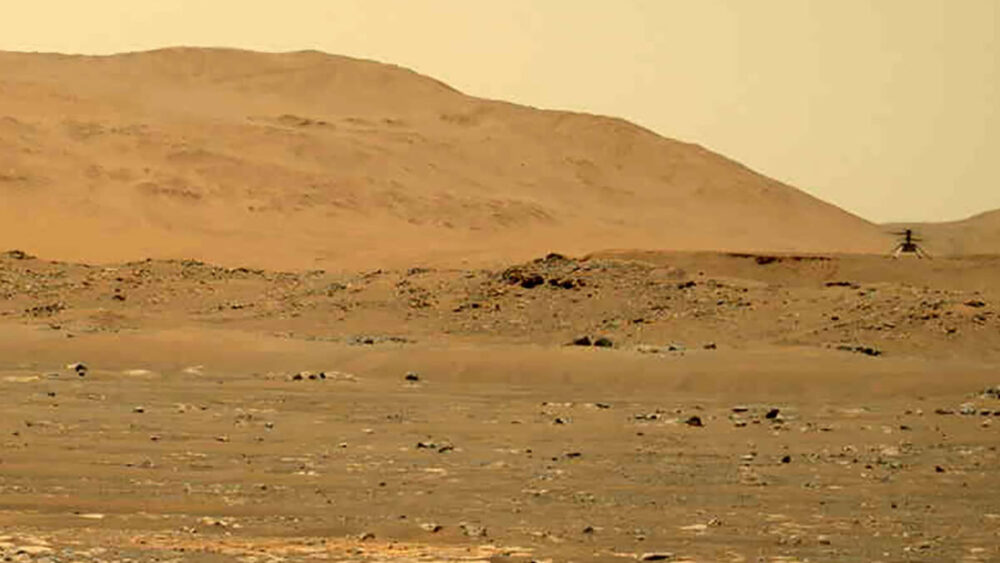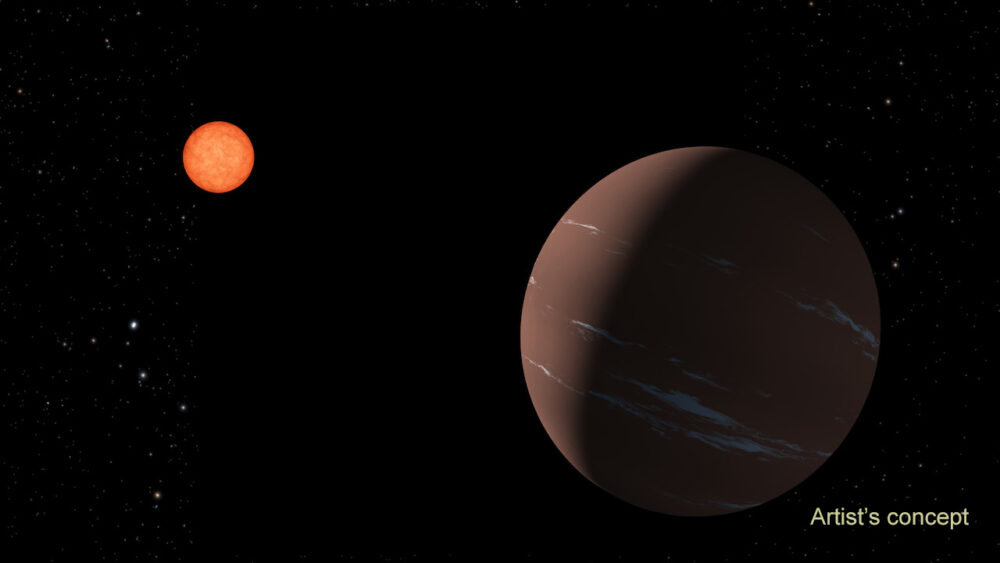How to get the best view of the Perseid meteor shower
Want to see something spectacular in the sky this summer? Beyond the upcoming total solar eclipse, August will also bring the annual Perseid meteor shower.
Each year from late July through mid-August, Earth passes through dust and debris from Comet Swift-Tuttle. Even though the comet passed by Earth in 1992, its cosmic leftovers remain. Each year in our orbit, we pass through this space dust, which creates the Perseid meteor shower. The debris falls into our atmosphere at 37 miles per second and burns up. We see this phenomenon as “shooting stars.”
Where does the name Perseids come from? The bulk of the meteors come from the area in the sky where the Perseus constellation sits.
Last year, the Perseids put on one of the most active shows in recent history.
When Is The Best Time To See The Perseid Meteor Show?
Even though the Perseids appear over multiple days, you want to catch it during its peak. This year, that peak is between August 12 and August 15. During this time, we could see up to 80 meteors an hour.
“Your best chance to see shooting stars is after midnight because then you are on the night-side of Earth as it hits the meteors head-on,” John Barentine, Program Manager at the International Dark-Sky Association in Phoenix, Arizona, told Travel and Leisure.
Unlike last year, though, the sky poses more of a challenge for stargazers.
This year, the peak coincides with a full moon. The light of the full moon can make it difficult to see the meteors. Barentine recommends the small hours of August 14, when the moon rises at around midnight, or August 15, when it’s up 40 minutes after midnight.
Where Can You See The Perseids?
The best part of the Perseid meteor shower is that the U.S. gets a front row seat every year. The key to good visibility? Find a dark sky and avoid as much light pollution as possible. No special equipment required! Just some patience and a careful eye.
NASA expert Bill Cooke shared some meteor-viewing tips with Space.com:
The key to seeing a meteor shower is “to take in as much sky as possible,” Cooke said. Go to a dark area, in the suburbs or countryside, and prepare to sit outside for a few hours. It takes about 30 minutes for your eyes to adjust to the dark, and the longer you wait outside, the more you’ll see.
So grab a chair, a blanket, some bug spray and head out into the night. You don’t want to miss these cosmic fireworks!


